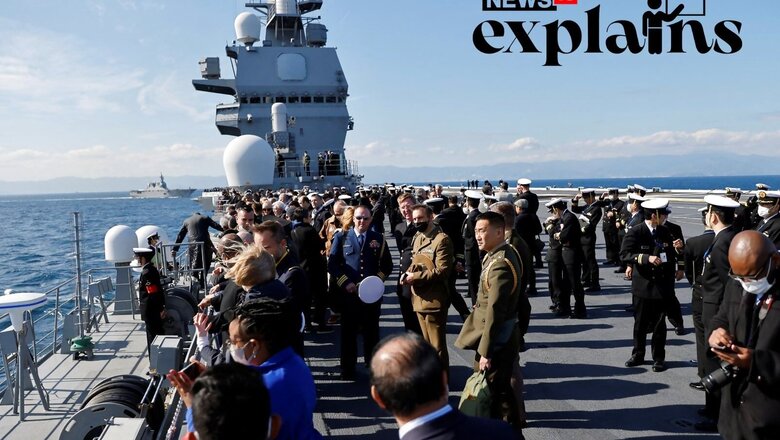
views
As regional tensions and Russia’s invasion of Ukraine stoke war fears, Japan on Friday unveiled its largest military buildup since World War Two with a $320 billion plan to buy missiles capable of striking China and ready it for sustained conflict.
Prime Minister Fumio Kishida, who has called this a “historic moment” for Japan and its people, has called it his “answer to the various security challenges that we face.”
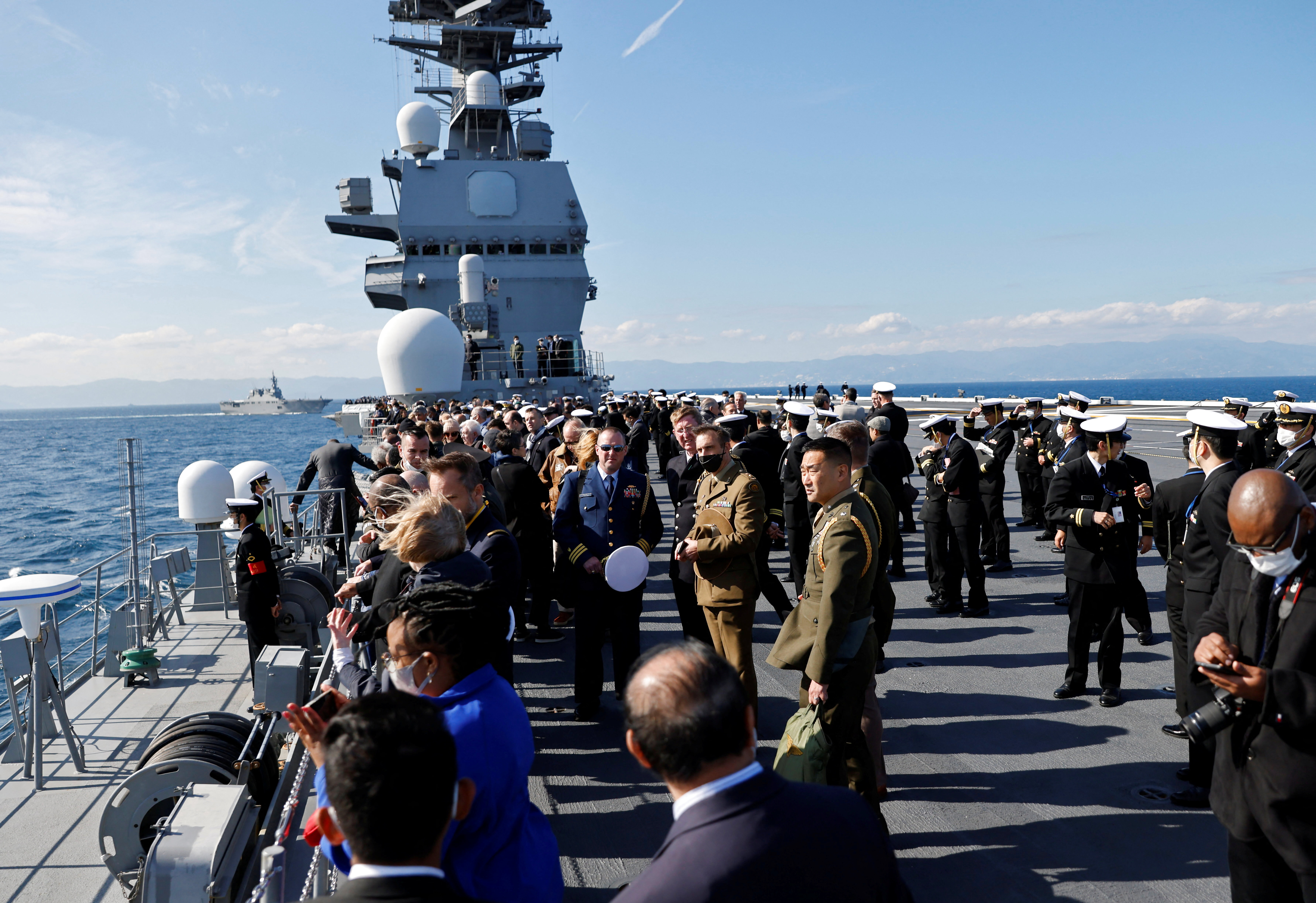
But why has this happened? News18 explains:
His government is worried that Russia has set a precedent that will encourage China to attack Taiwan, endangering Japanese islands, disrupting supplies of advanced semiconductors, and possibly putting a stranglehold on sea lanes supplying Middle Eastern oil, a report by Reuters states.
That’s going to set a new course for Japan. Admiral Yoji Koda, who commanded the Japanese fleet in 2008, said that the Maritime Self Defense Force could become a “real, world-class effective force” with the right leadership and training.
Once unthinkable in pacifist Japan, the government announced a five-year plan that includes stockpiling spare parts and other munitions, expanding transport capacity, and developing cyber warfare capabilities.
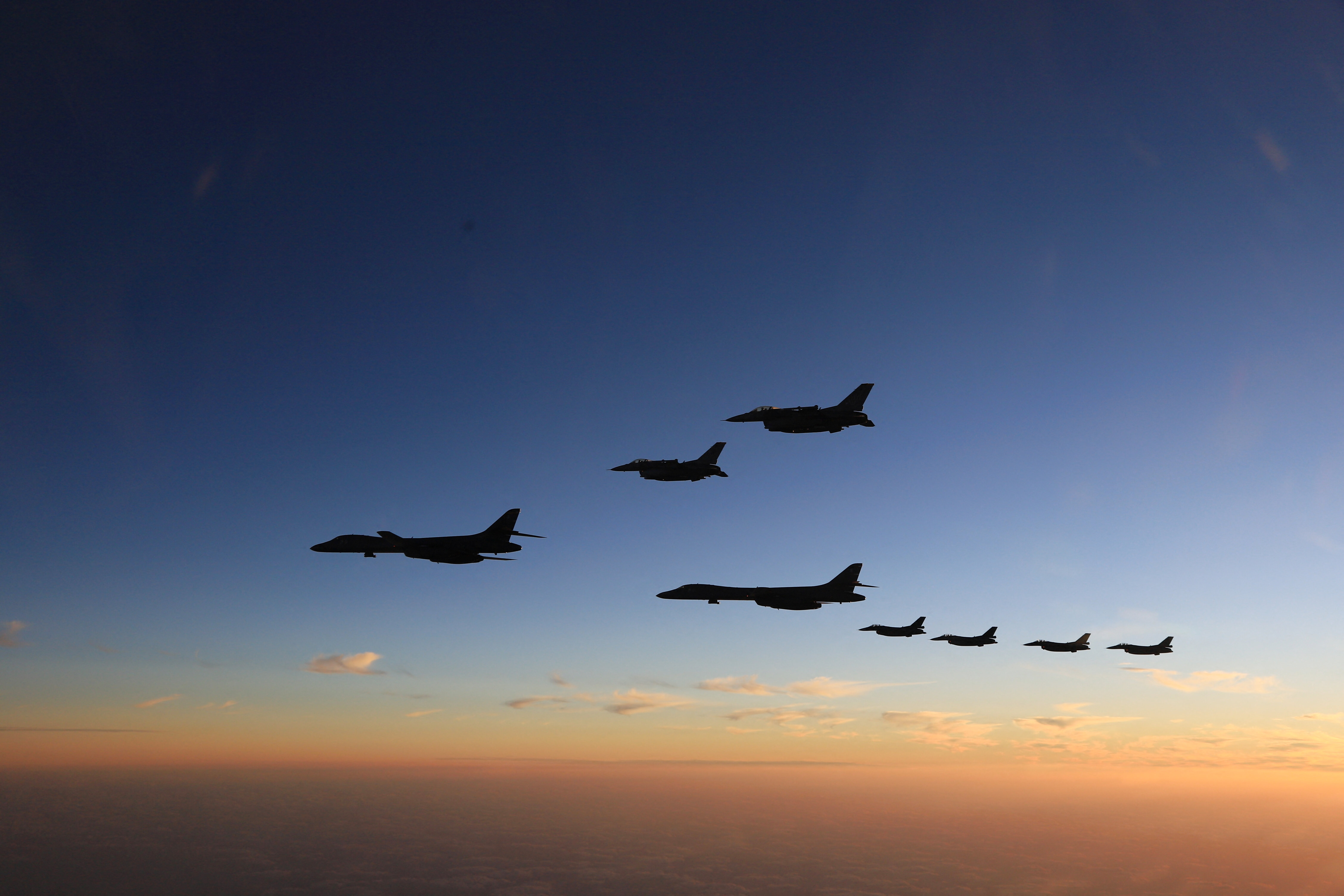
What Happened After World War II?
After World War II, Japan adopted a new constitution written by the United States that prohibited the country from possessing or using weapons of mass destruction.
It is stated in the strategy paper that Russia’s invasion of Ukraine is a serious violation of laws that forbid the use of force and has shaken the foundations of the international order.
It also noted that Beijing had not ruled out using force to bring Taiwan under its control, adding that this posed “the greatest strategic challenge Japan has ever faced.”
Separately, a national security strategy document highlighted China, Russia, and North Korea as threats to the international status quo and pledged close cooperation with the United States and other like-minded nations to deter them.
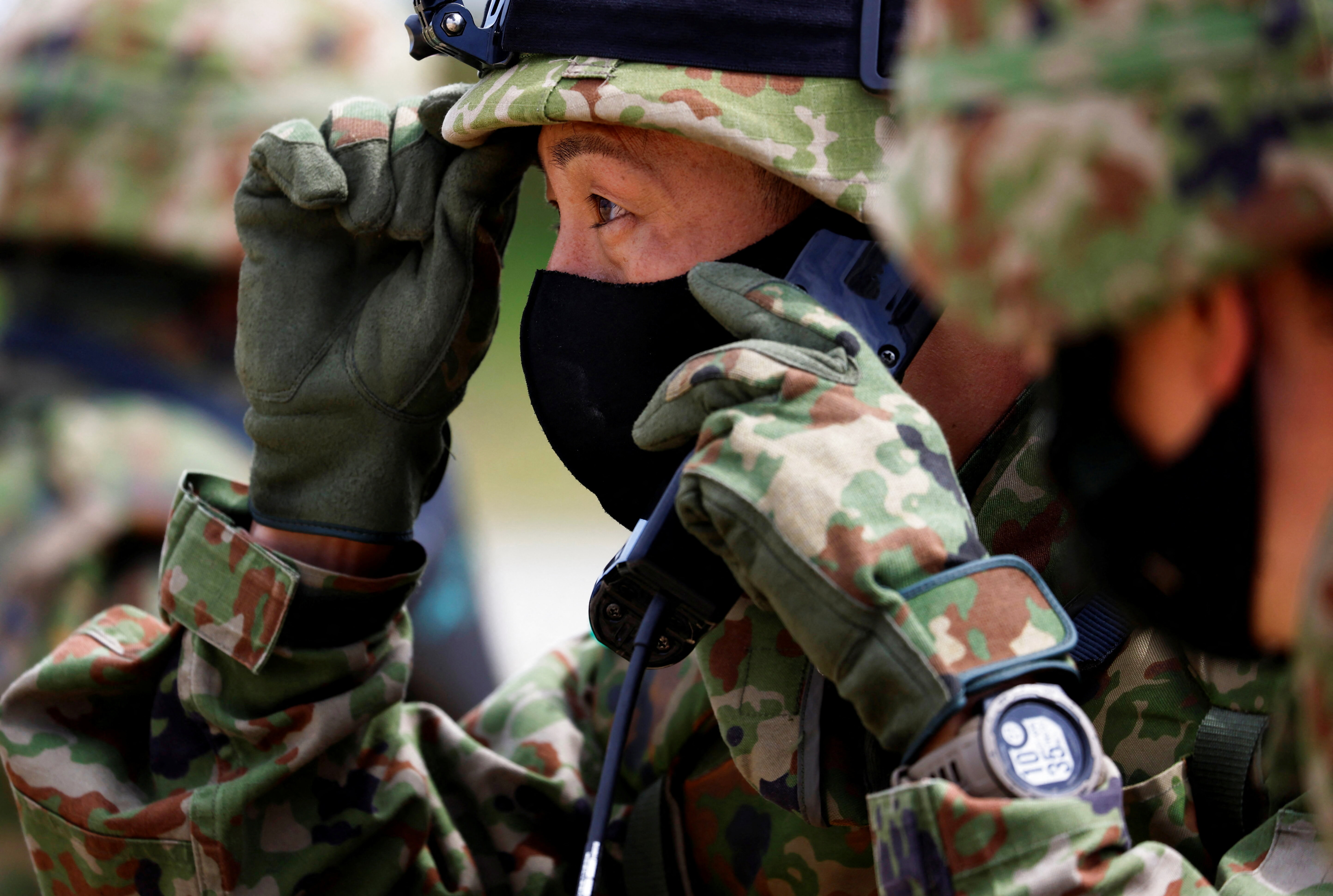
According to U.S. Ambassador to Japan Rahm Emanuel, “the Prime Minister is making a clear, unambiguous strategic statement about Japan’s role as a security provider in the Indo-Pacific.” “He has put a capital “D” next to Japan’s deterrence,” he said.
On Friday, Taiwanese President Tsai Ing-wen met with Japan-Taiwan Exchange Association Chairman Mitsuo Ohashi in Taipei, where she expressed hope for increased defence cooperation between the two countries.
According to the presidential office, Tsai said, “We look forward to continuing to create new cooperation achievements between Taiwan and Japan in various fields, including national defence and security, the economy, trade, and industrial transformation.”
The Ukraine ANgle
Retired Air Self-Defense Force general Toshimichi Nagaiwa said, “The Ukraine war has shown us the necessity of being able to sustain a fight, and that is something Japan has not so far been prepared for.” It’s like Japan is starting the race 200 metres behind in a 400 metre dash, he continued.
The Chinese government has a military budget that is more than four times larger than Japan’s, a gap that widened after the turn of the century. According to Reuters’ interviews with military sources, Japan’s top priority is fixing the shortage of munitions and spare parts that has grounded planes and other military equipment.
Over the course of five years, Kishida’s plan will increase defence spending by a factor of two, to around 2% of GDP. This is significantly higher than the 1% threshold that the government has set for itself since 1976.
It will make Japan the world’s third-biggest military spender after the United States and China, with the defence ministry’s budget rising to about a tenth of all public spending at current levels.
With this largesse, Japanese defence contractors like Mitsubishi Heavy Industries (MHI) will be able to work on the design and construction of three of the longer-range missiles for Japan’s new missile force.
The next Japanese jet fighter will be co-built by MHI, BAE Systems PLC, and Leonardo SPA, according to an announcement made between the three countries last week.
To that end, Tokyo’s five-year defence budget set aside $5.60 billion.
In addition, foreign businesses will reap the rewards. Japan has indicated a desire to include Raytheon Technologies’ Tomahawk cruise missiles, which are launched from ships, in its new deterrent force.
Japan plans to purchase a large number of Lockheed Martin F-35 stealth fighters, as well as a large number of helicopters, submarines, warships, and heavy-lift transport jets over the next five years for its armed forces.
Kishida’s ruling bloc announced earlier on Friday that it would increase tobacco, corporate, and disaster-reconstruction income taxes to pay for the necessary machinery. Japanese Prime Minister Shinzo Abe has not yet announced a timeline for enacting tax increases that he has promised, in part because of continued opposition to such measures within his ruling Liberal Democratic party.
With inputs from Reuters
Read all the Latest Explainers here












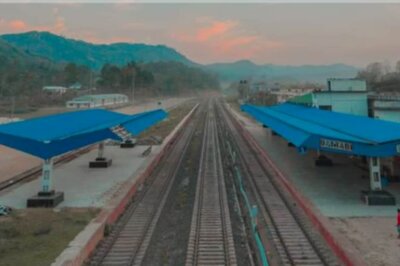

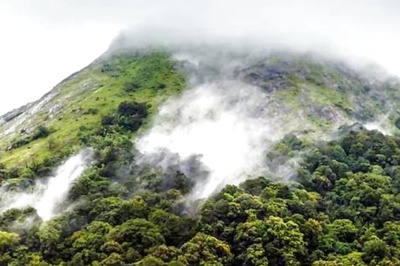



Comments
0 comment